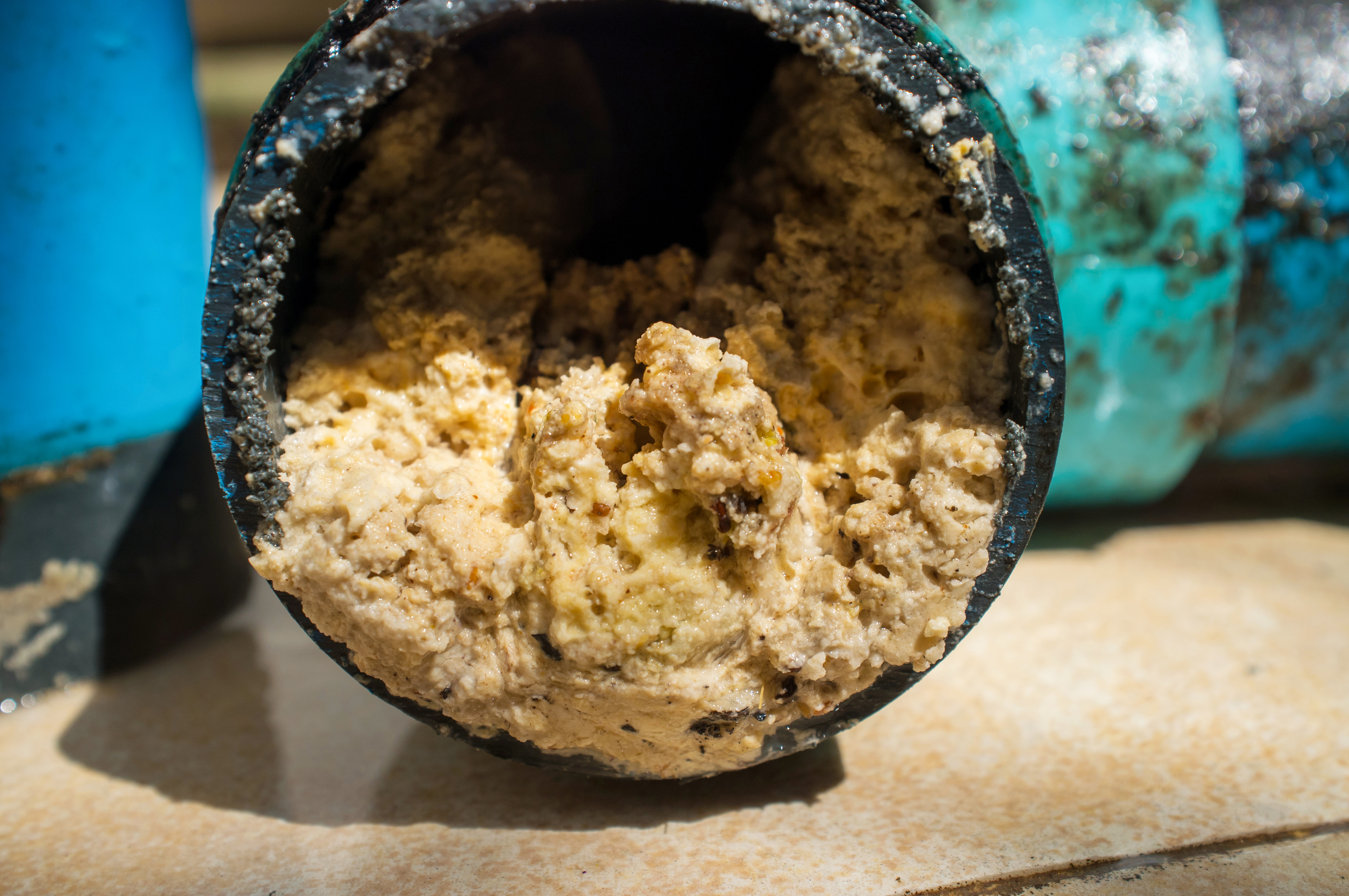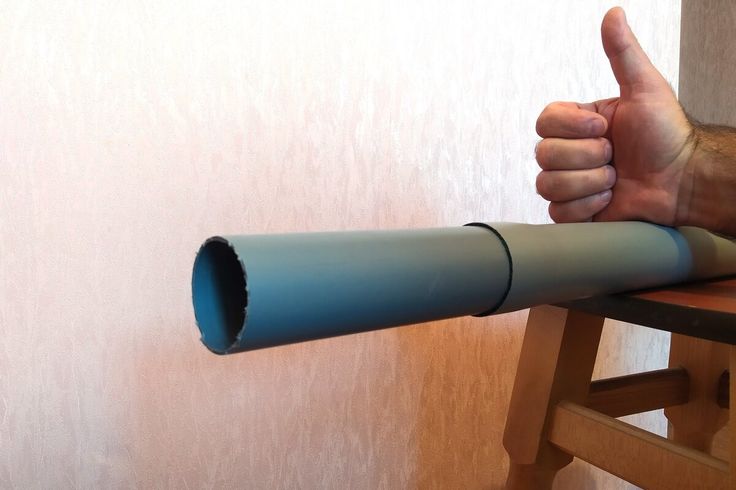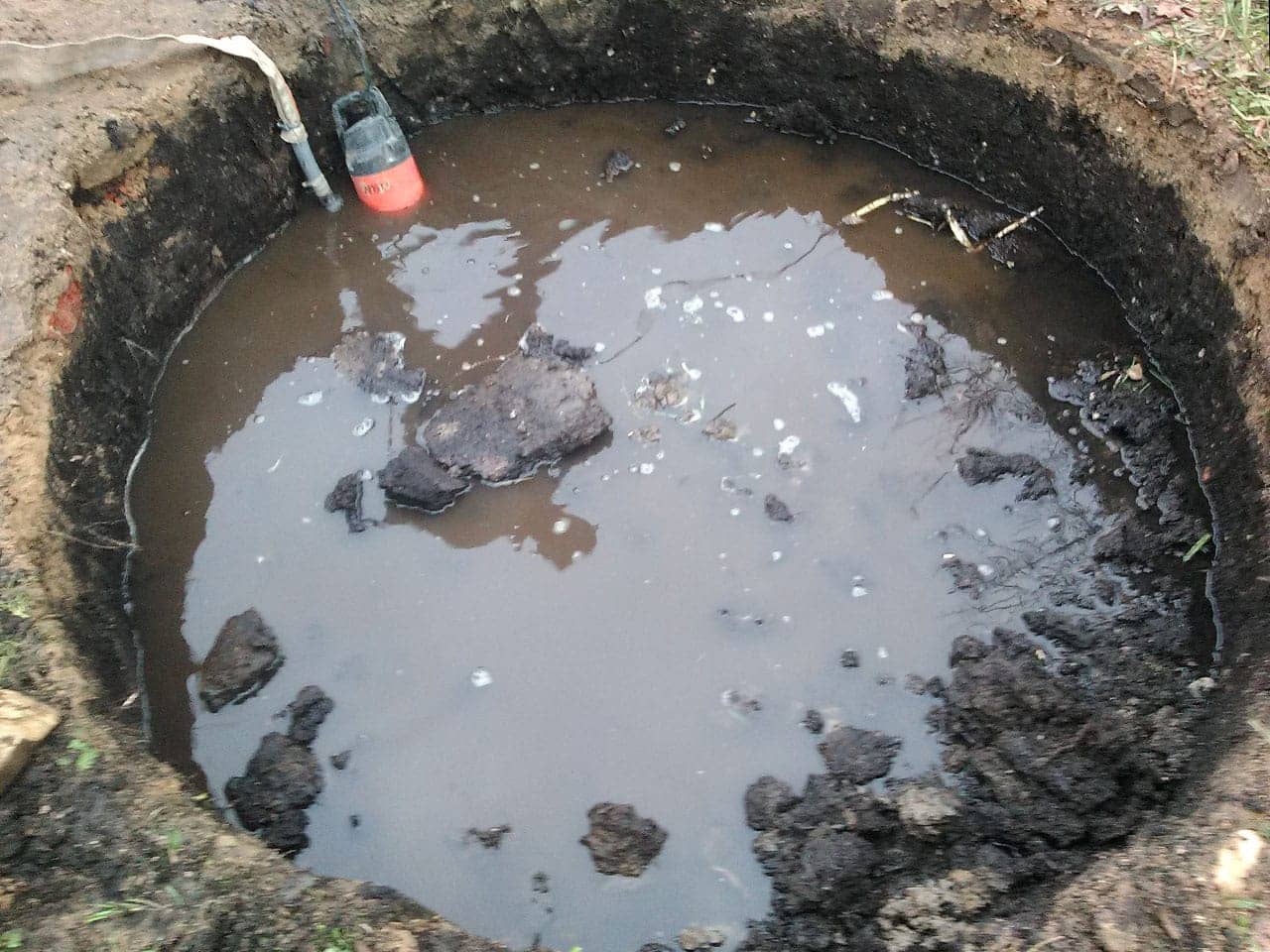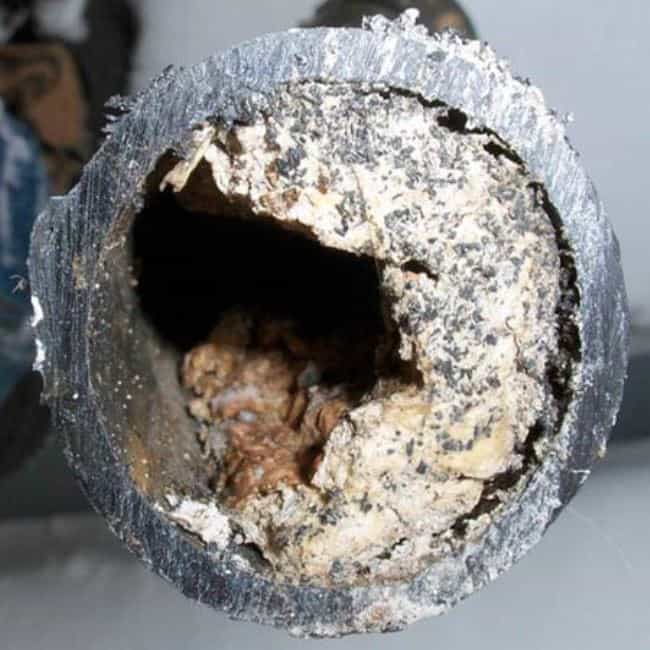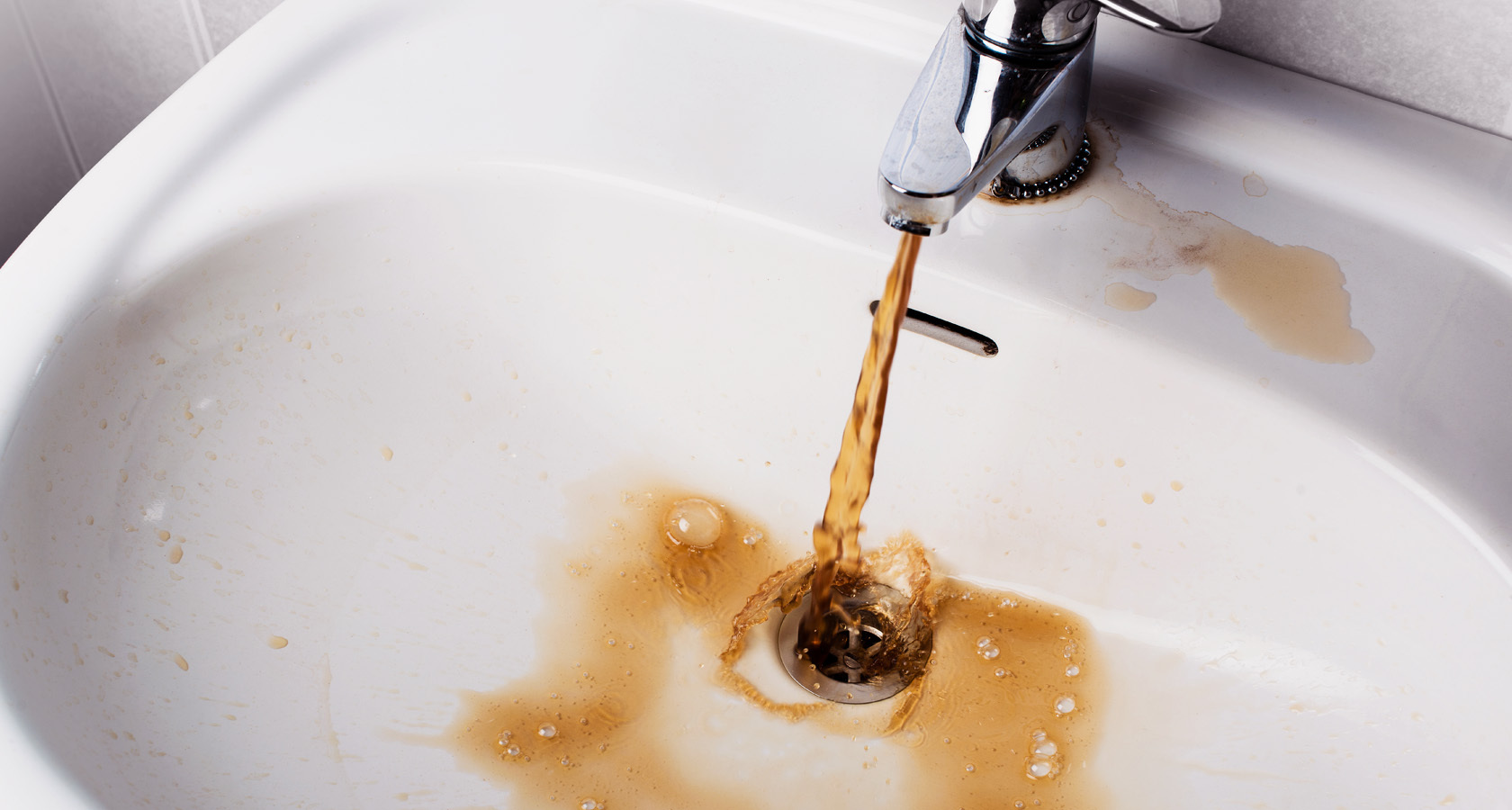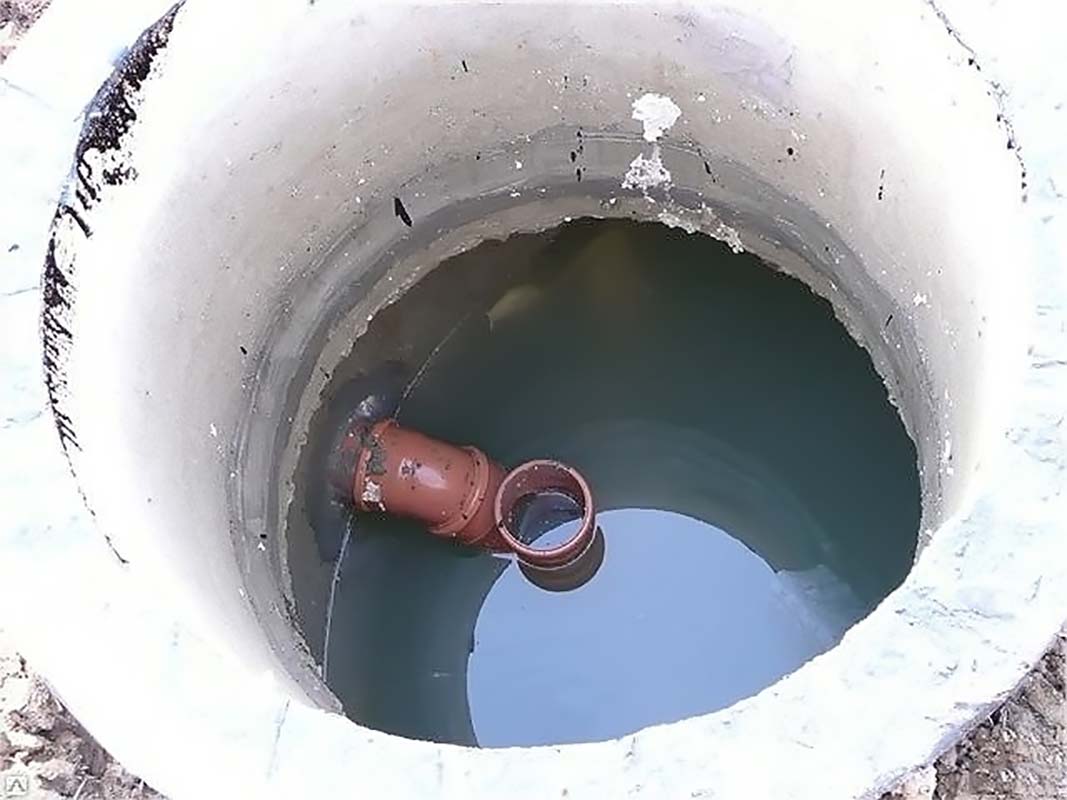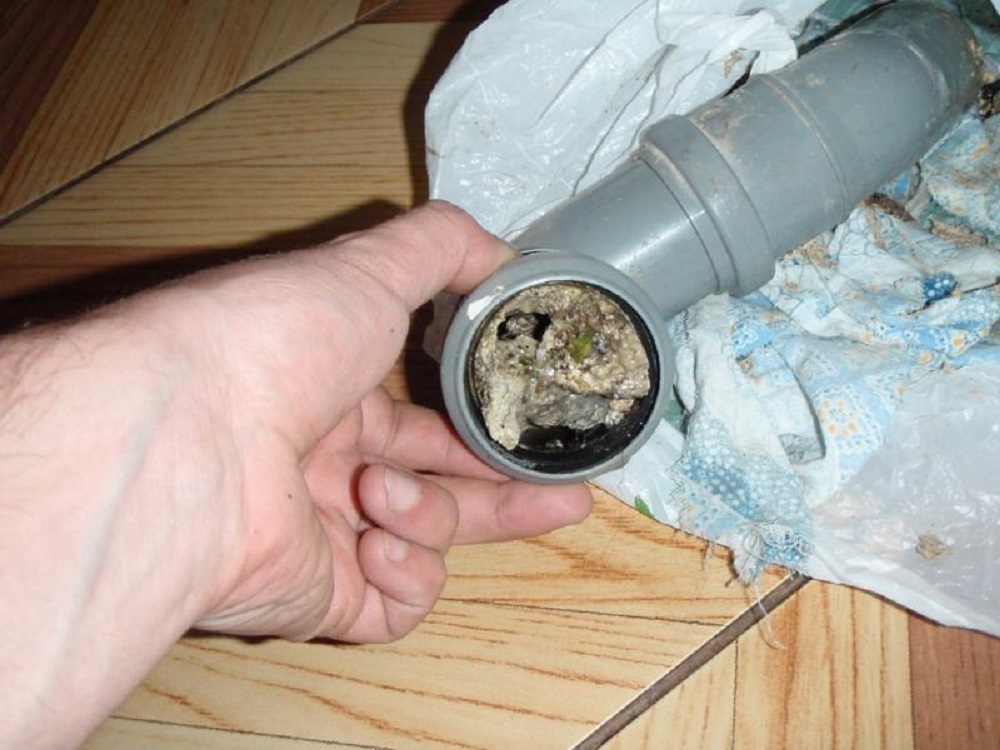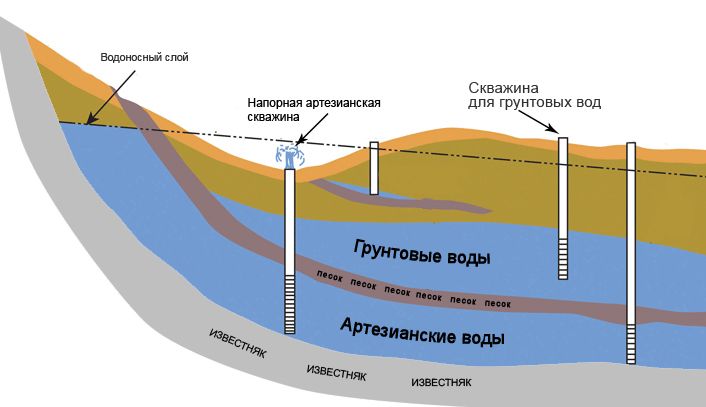When building a water supply system, septic tank or gas main, it is necessary to calculate the volume of water to be filled in the pipeline. This indicator will help you choose the right expansion tank, the capacity of which should be no more than 10% of all the water in the pipes. In product labeling, dimensions can be indicated in inches, therefore, before calculations, they are converted to centimeters.
Why you may need to calculate the water in the pipe
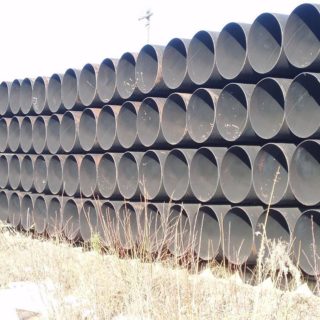
In the plumbing system of a private house there are a main line of pipes, radiators, a liquid store - a membrane tank, as well as boilers, a boiler and other devices. Underfloor heating is a system of laid out metal-plastic mains containing a coolant in a certain volume. To completely fill the system and know how much distilled water to buy, you need to calculate its total volume in advance.
When filling the heating system with antifreeze or other non-freezing liquid, in order to save money, it is necessary to know the volume of the pipe. When buying concentrated antifreeze, it will need to be diluted by half, so more liquid will cost more, and the concentration will be calculated incorrectly.
When calculating the volume, the following is used:
- inner diameter of the pipe walls;
- the length of the section or the entire highway.
In case of a difference in the internal section, each section is calculated separately and then the numbers are summed up.
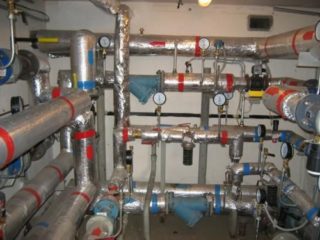
In addition to the line, it is necessary to take into account the internal volume of the following devices:
- Membrane tank. This information can be read in the technical passport or checked independently by pouring a certain amount of liquid into it.
- Radiators. This data is also found in the product passport. The volume of one section is multiplied by their number throughout the house.
- Various units, complex wiring, collectors also contain a certain amount of liquid, which is difficult to calculate due to the large number of fittings, adapters, taps.
The third indicator is usually not taken into account, since this amount is considered an error and does not particularly affect the operation of the water supply and heating system.
For sewerage
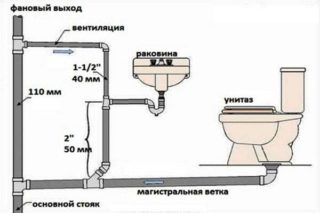
It is important to calculate the volume of water in the pipe and the potential of the line when arranging a septic tank, since a lack of diameter can lead to poor outflow of liquid from the house and clogging of the sewer. If the number of household appliances in the house in terms of water consumption exceeds the capacity of the sewer pipes, the liquid will fill the line completely. If they are not insulated at the same time, in winter it is possible for the drains to freeze inside and block the line. Ice plug can also cause pipe rupture in a weak point, such as at joints or sharp bends. The volume of cast-iron sewer pipes should be larger, since the cast-iron surface is rough from the inside and sludge gradually accumulates in it - a layer of organic matter, which narrows the lumen and affects the throughput of the line. Plastic pipes are better in this respect - they are perfectly smooth inside, organic particles cannot attach to the walls, so the calculated volume can not be increased additionally.
The volume of the internal sewer pipes should not be more than the external line. This leads to blockages in the area where the inner and outer sewer pipes meet.The same principle applies to internal wiring - the volume of liquid from household appliances should not exceed the volume that the main riser in the house can accommodate.
For the well
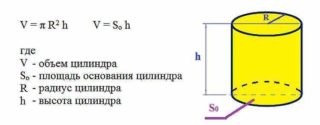
It is important to calculate the volume of fluid in the well, since its flow rate (productivity) must provide the required volume per unit of time, otherwise household appliances will work poorly. It is necessary to take into account the number of taps in the house - each of them is capable of giving out half a cubic meter of liquid in an hour. The volume of the well is taken into account when selecting the pump power - if the flow rate is less than the capacity of the pumping station, it will pump out water completely. This can render the equipment unusable. According to the rules, the pump power should not exceed the well flow rate.
The flow rate can vary depending on the season: in summer, there is less fluid if the well is fed by water; changes less if the pipe is embedded in groundwater and practically does not change if drilling was carried out on limestone - a deep artesian well.
How to correctly calculate the volume of water in a pipe

When calculating, it is recommended to independently check the dimensions of the internal section of the pipes using a vernier caliper. If the measuring device is not designed to measure the inner diameter, then the outer and wall thickness are measured separately, and then the smaller is subtracted from the larger one - this will be the desired number. It should be used in the calculation formula. The volume of the liquid is calculated using the following numbers:
- r is the radius of the inner circle, the diameter is divided by 2;
- the number π (pi) is a constant mathematical value, which is the ratio of the circumference of a circle to its diameter and is equal to 3.14;
- 100 cm - the length of the pipe section for which the calculation is carried out, you can take a different value.
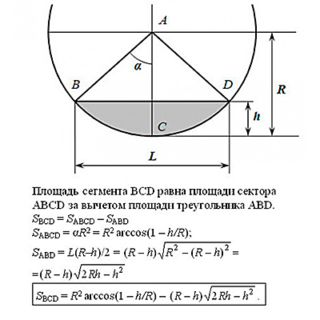
The volume is calculated in cubic meters using the formula: V = 100 x πr2. Using the same formula, you can calculate the internal volume of a cylindrical septic tank or a membrane tank.
To translate the length of a section of a water pipe into liters, you need to multiply the volume by 1000, since there are 1000 liters of water in 1 cubic meter. The weight of water in a pipe with a volume of 1 cubic meter is equal to 1 ton.
When calculating actual indicators, it must be borne in mind that the throughput of the pipe also depends on the material from which it is made. For example, plastic products have a higher throughput, while steel products are an order of magnitude less due to the presence of roughness inside. Therefore, calculations are made for each section separately if they are made of different materials.
Another important indicator is the unit of measurement. In pipe rolling, two are used: in millimeters and inches. An inch is 25.4 mm or 2.54 cm.
Pipe size chart in inches / millimeters:
| Pipe size in inches | External diameter | Inner diameter |
| 1 | 33,5 | 25 |
| 3/4 | 26,8 | 20 |
| 1/2 | 21,3 | 15 |
| 3/8 | 17 | 10 |
| 1/4 | 13,5 | 8 |
| 2 | 60 | 50 |
| 3 | 88,5 | 80 |
If you only plan to build a water supply system, calculations are carried out in advance in order to compare them with the pump power and well flow rate, as well as the volume of sewer pipes.
When the plumbing system is already in operation and there is a need, for example, to increase the septic tank, you can use a table that gives the exact volume value without a calculator. In this case, only the outer diameter can be measured, although it is the inner one that is needed to calculate the amount of liquid in the pipes. To do this, take the average wall thickness of a plastic or metal pipe, based on its diameter, and subtract it from the size of the outer diameter. You can get the value of the volume per 1 running meter. If the highway is long, 10 or 100m. These calculations are relevant for underfloor heating, where metal-plastic or copper pipes are laid close to each other.
Table of the ratio of the inner diameter and the volume of liquid in liters:
| Inner diameter | 1 meter | 10 m | 100 m |
| 8 | 0,0503 | 0,503 | 5,03 |
| 10 | 0,0785 | 0,785 | 7,85 |
| 12 | 0,1131 | 1,131 | 11,31 |
| 14 | 0,1539 | 1,539 | 15,39 |
| 16 | 0,2011 | 2,011 | 20,11 |
| 18 | 0,2545 | 2,545 | 25,45 |
| 20 | 0,3142 | 3,142 | 31,42 |
| 22 | 0,3801 | 3,801 | 38,01 |
| 24 | 0,4524 | 4,524 | 45,24 |
| 26 | 0,5309 | 5,309 | 53,09 |
| 28 | 0,6158 | 6,158 | 61,58 |
| 30 | 0,7069 | 7,069 | 70,69 |
| 32 | 0,8042 | 8,042 | 80,42 |
| 34 | 0,9079 | 9,079 | 90,79 |
| 36 | 1,0179 | 10,179 | 101,79 |
| 38 | 1,1341 | 11,341 | 113,41 |
| 40 | 1,2566 | 12,566 | 125,66 |
| 42 | 1,3854 | 13,854 | 138,54 |
| 44 | 1,5205 | 15,205 | 152,05 |
| 46 | 1,6619 | 16,619 | 166,19 |
| 48 | 1,8096 | 18,096 | 180,96 |
| 50 | 1,9635 | 19,635 | 196,35 |
| 52 | 2,1237 | 21,237 | 212,37 |
| 54 | 2,2902 | 22,902 | 229,02 |
| 56 | 2,4630 | 24,630 | 246,30 |
| 100 | 7,8540 | 78,540 | 785,40 |
| 110 | 8,6590 | 86,590 | 856,90 |
Pipes with a diameter of more than 110 mm are rarely used when supplying and removing water from a private house, therefore their volume values are not indicated.Such pipes are used in urban sewers and to drain wastewater from an apartment building. In this case, the volume of liquid is calculated taking into account additional parameters, for example, the resistance of pipes made of steel or cast iron.
When calculating the volume of water for a private house, it is recommended to round the values upwards in case you have to install additional points of water intake.

